Product details
Howlite is a beautiful and intriguing mineral known for its distinctive appearance and its significance in both the world of gemstones and spiritual practices. This exceptional specimen is an end cut that has one polished side. The Howlite is 6 inches by 5 inches. The outer skin is amazing, shows its great structure. Howlite is prized for its beautiful white color.
Geological Characteristics: Howlite is a calcium borosilicate hydroxide mineral, belonging to the borate mineral group. Its chemical composition is generally represented as Ca2B5SiO9(OH)5. It forms in nodules and vein fillings within borate deposits, often in association with other borate minerals such as borax and ulexite. Howlite typically occurs in massive or granular forms, and its crystal structure is monoclinic.
The mineral’s distinctive appearance is characterized by its white to gray coloration with streaks or veins of black or grayish-black. These dark markings resemble intricate patterns that can sometimes mimic the appearance of other minerals like turquoise or marble. However, unlike these minerals, howlite is relatively soft, with a Mohs hardness of around 3.5 to 6.5.
Locality: Howlite was first discovered in Nova Scotia, Canada, in the mid-19th century by Henry How, a Canadian chemist and geologist, after whom the mineral is named. The type locality of howlite is still considered to be the vicinity of Windsor, Nova Scotia, where it was initially found.
Since its discovery, howlite has been found in various other locations around the world, including the United States (particularly California), Mexico, Germany, Russia, and South Africa. These deposits occur in regions where borate minerals are formed under specific geological conditions, such as arid or semi-arid environments where evaporation plays a significant role in mineral deposition.
Color and Varieties: The most common color of howlite is white to light gray, often with streaks or veins of black, gray, or brown running through it. These dark markings are primarily due to the presence of manganese oxide or other impurities within the mineral. The contrast between the light base color and the darker markings gives howlite its distinctive appearance, reminiscent of marble or certain types of turquoise.
While white with black veins is the classic appearance of howlite, variations in color and pattern can occur depending on the specific mineral composition and environmental factors during formation. Some specimens may exhibit blue or green hues, often as a result of dye treatment or impregnation with colored resins. These treated varieties are sometimes marketed as “turquenite” or “white turquoise,” although they are not true turquoise and do not occur naturally in those colors.
In addition to its natural variations, howlite is also commonly dyed or color-enhanced to resemble other gemstones. For example, howlite can be dyed blue to imitate turquoise or green to mimic jade. While these treatments can enhance the aesthetic appeal of the stone, it’s essential for consumers to be aware of any enhancements to ensure they are making informed purchasing decisions.

Historical Significance and Uses: The discovery of howlite in the mid-19th century sparked interest among collectors and lapidaries due to its unique appearance and suitability for carving and polishing. Initially, howlite was primarily used as a decorative stone in jewelry, ornamental objects, and carvings. Its white color and black veining made it a popular choice for cameos, beads, and cabochons.
During the late 19th and early 20th centuries, howlite gained popularity in Victorian and Art Deco jewelry, where it was often paired with other gemstones such as onyx, coral, or pearls. Its affordability and availability made it a favored choice for costume jewelry and mass-produced accessories, contributing to its widespread use during this period.
In addition to its use in jewelry, howlite has also been utilized in various decorative applications, including inlay work, mosaics, and architectural elements. Its versatility and ease of carving make it well-suited for creating intricate designs and patterns, adding a touch of elegance to furniture, countertops, and interior decor.
Spiritual and Metaphysical Properties: Beyond its aesthetic appeal and practical uses, howlite is also revered for its spiritual and metaphysical properties by practitioners of alternative healing and energy work. In the realm of crystal healing, howlite is believed to possess several beneficial properties that promote emotional well-being, inner peace, and spiritual growth.
One of the most commonly cited properties of howlite is its calming and soothing effect on the mind and emotions. It is often used as a meditation stone to quiet the chatter of the mind, alleviate stress and anxiety, and facilitate deep relaxation. By connecting with the energy of howlite, individuals may experience a greater sense of tranquility and mental clarity, allowing them to access higher states of consciousness and spiritual insight.
Howlite is also associated with promoting patience, tolerance, and understanding in interpersonal relationships. It is believed to help foster empathy and compassion towards others while encouraging self-awareness and introspection. By wearing or carrying a piece of howlite, individuals may cultivate greater empathy and emotional resilience, enhancing their ability to communicate effectively and resolve conflicts peacefully.
In addition to its calming properties, howlite is often used as a tool for personal growth and self-discovery. It is said to stimulate the imagination, enhance creativity, and inspire innovative thinking. By tapping into the energy of howlite, individuals may unleash their creative potential, overcome mental blocks, and manifest their dreams into reality.
Prehistoric 101 (Learn about fossils, minerals, and meteorites)
What is a Mineral
Discovering Prehistoric Life and Fossils


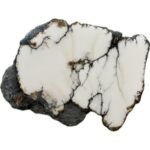
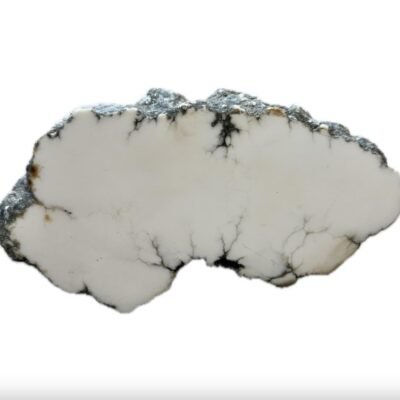
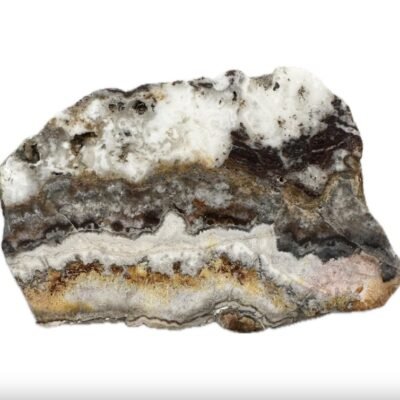
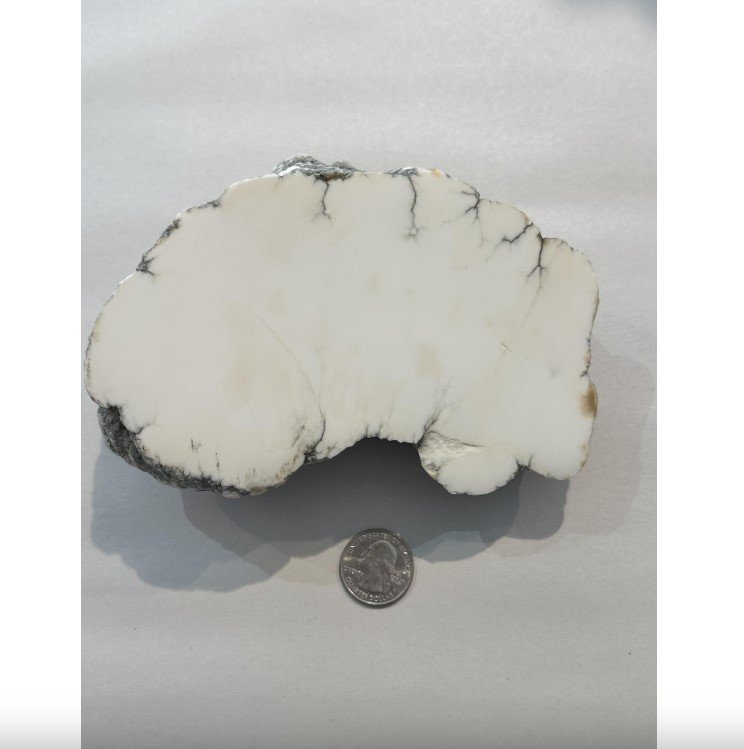
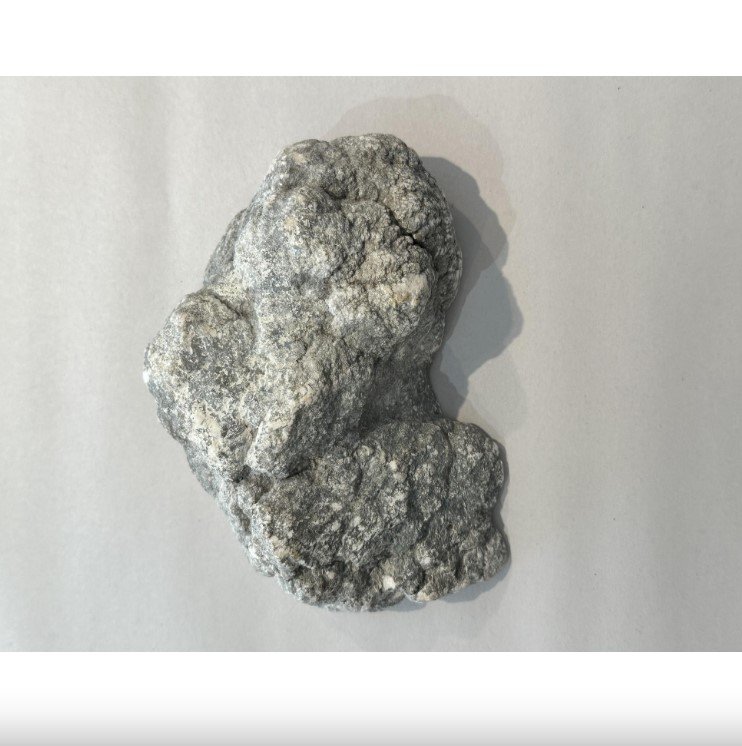
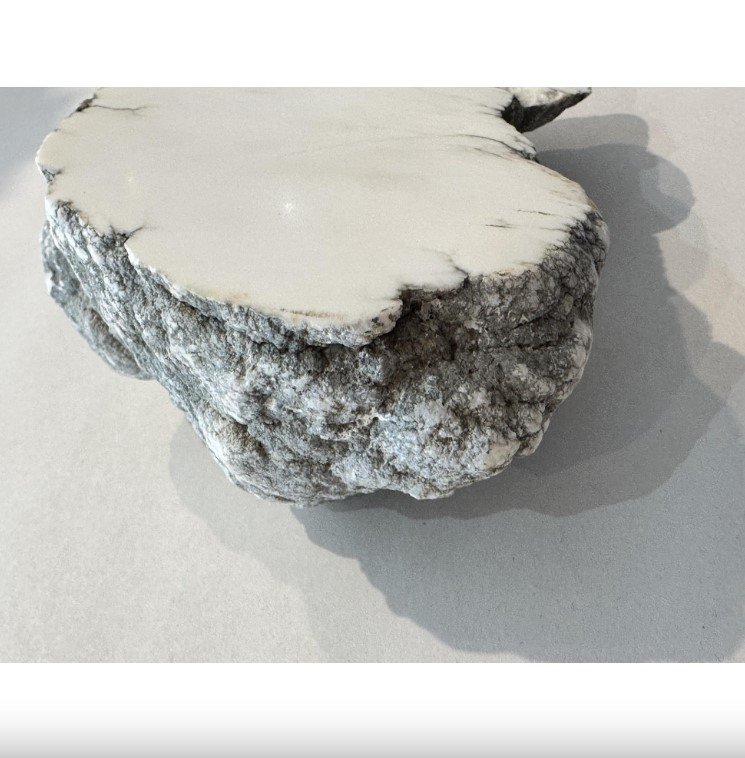
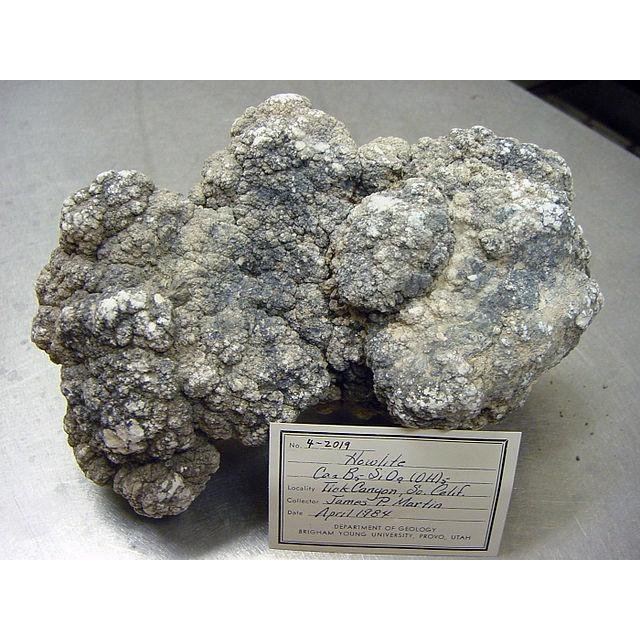
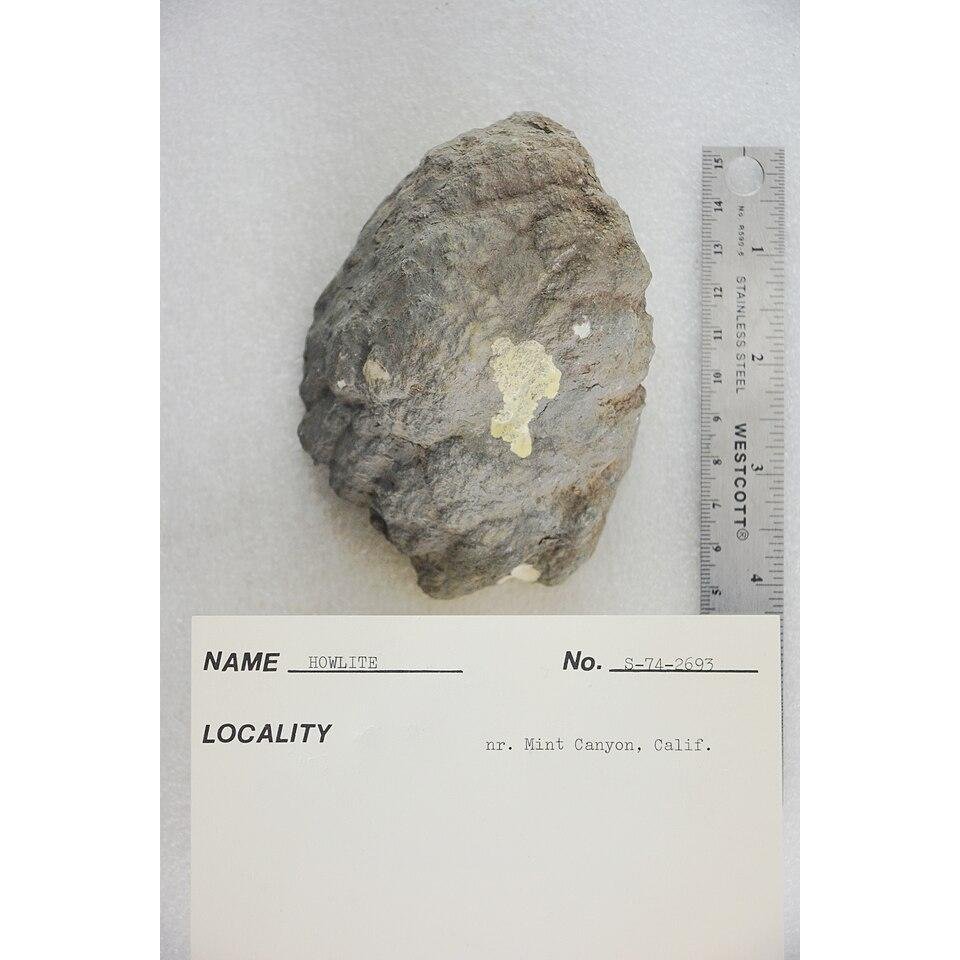
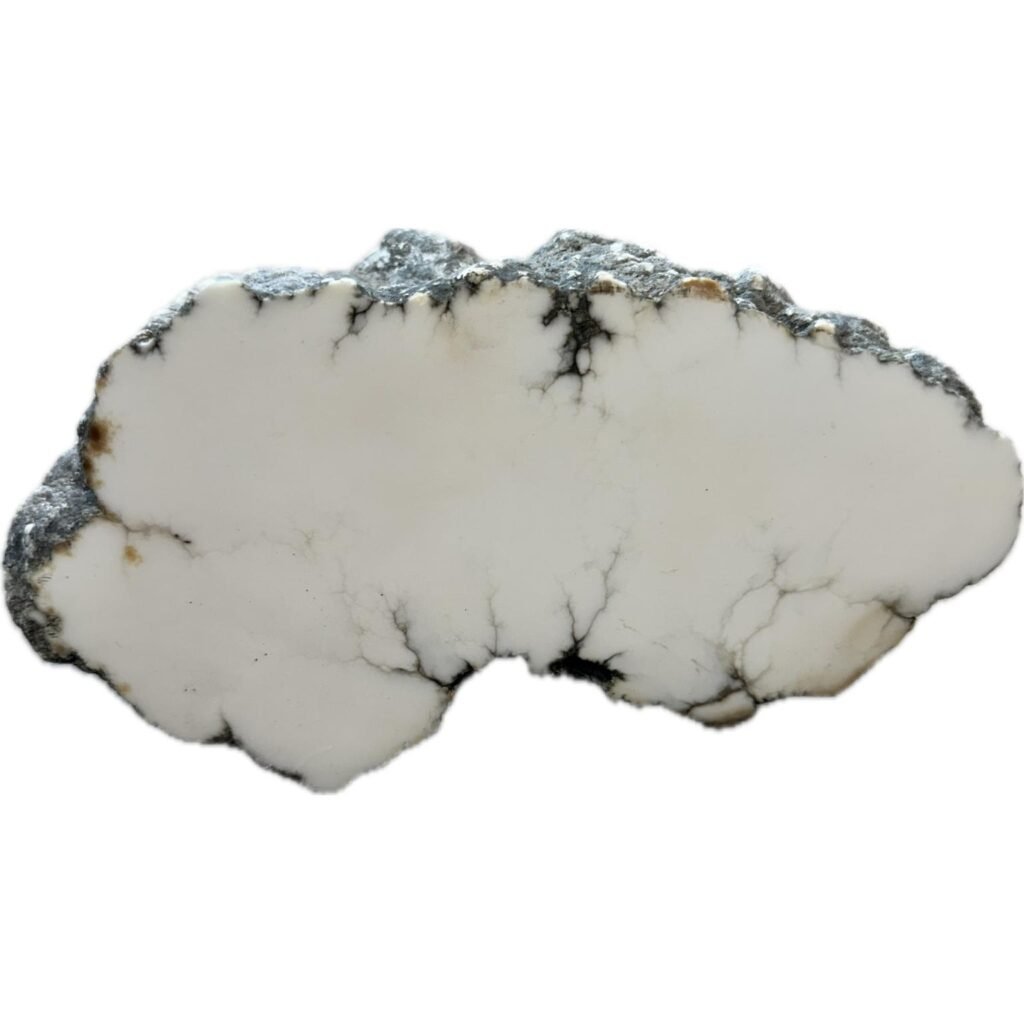
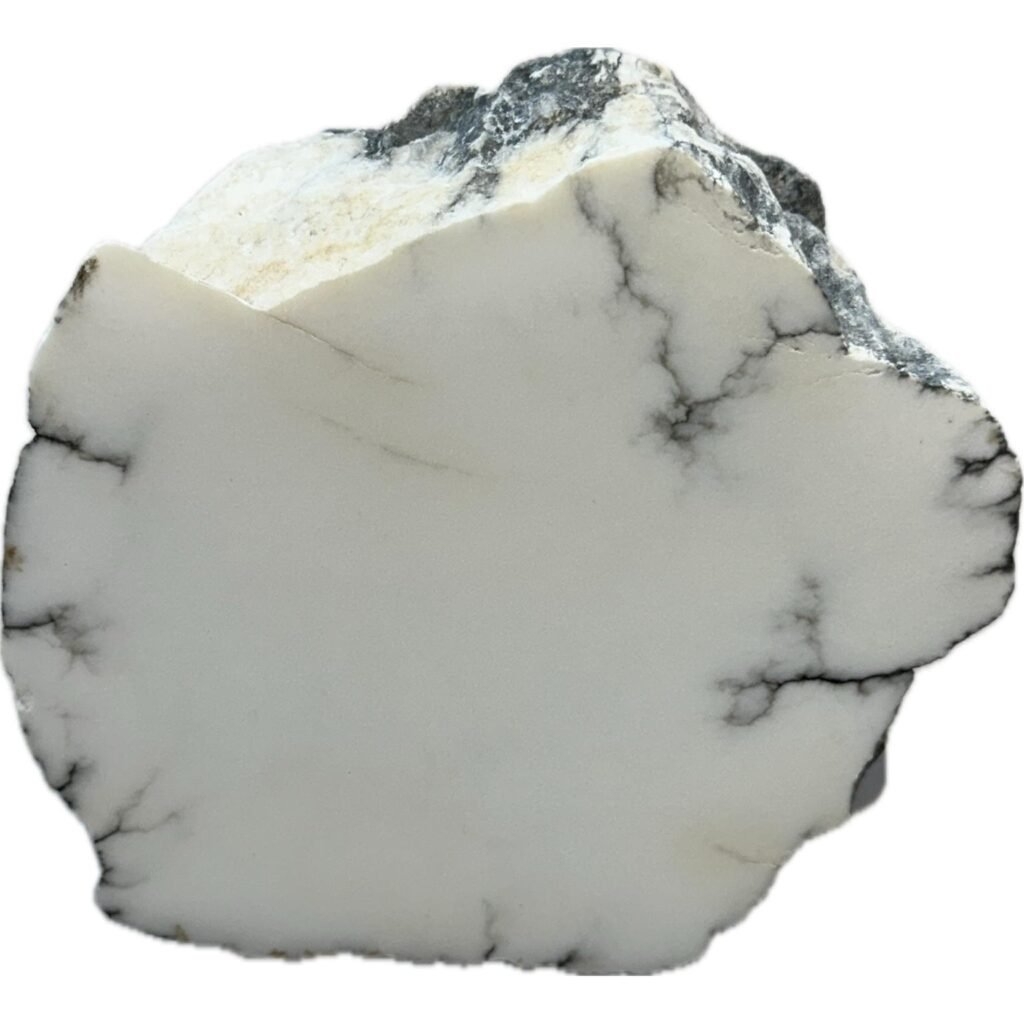
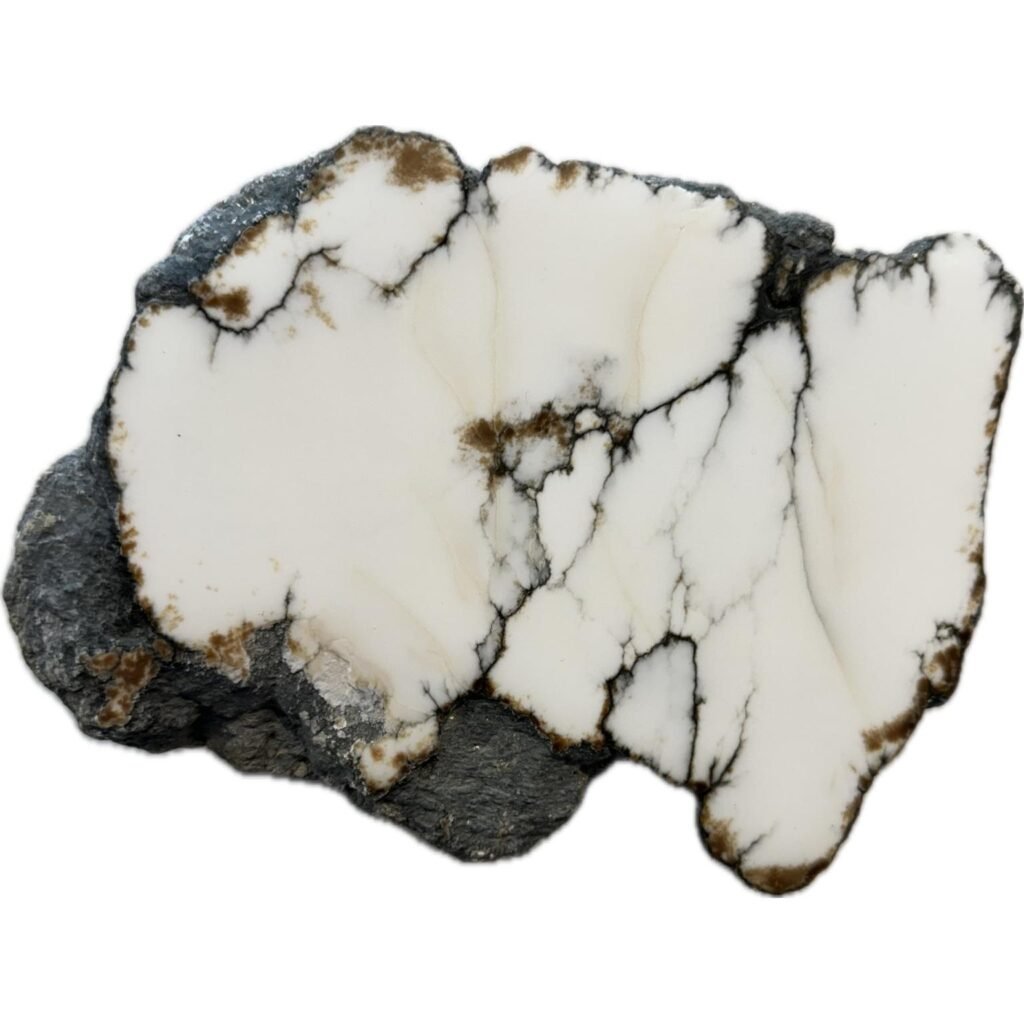
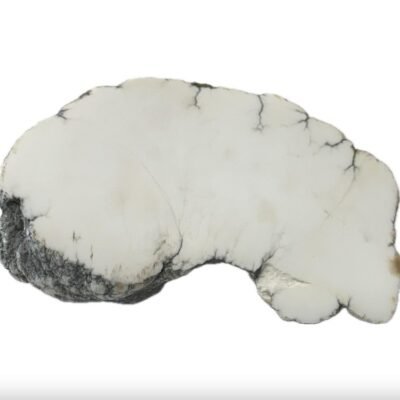
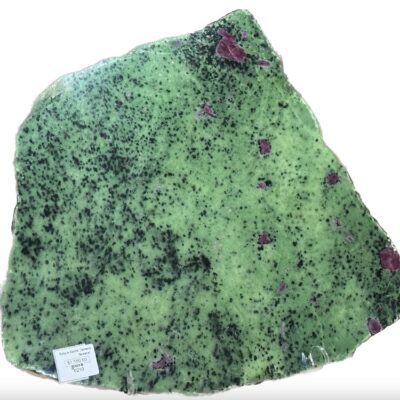
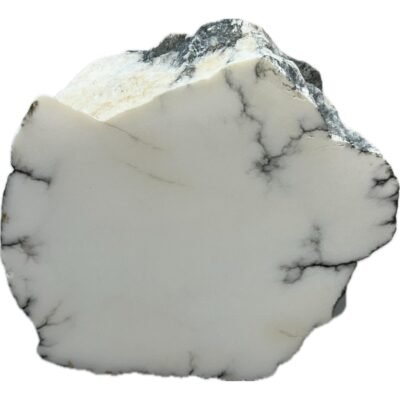
There are no reviews yet.